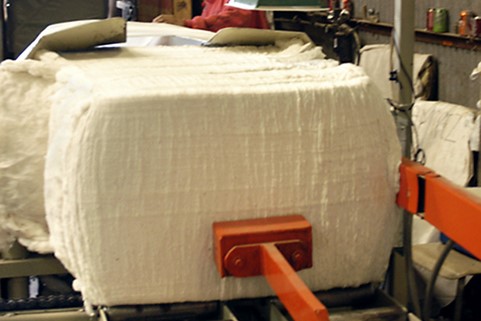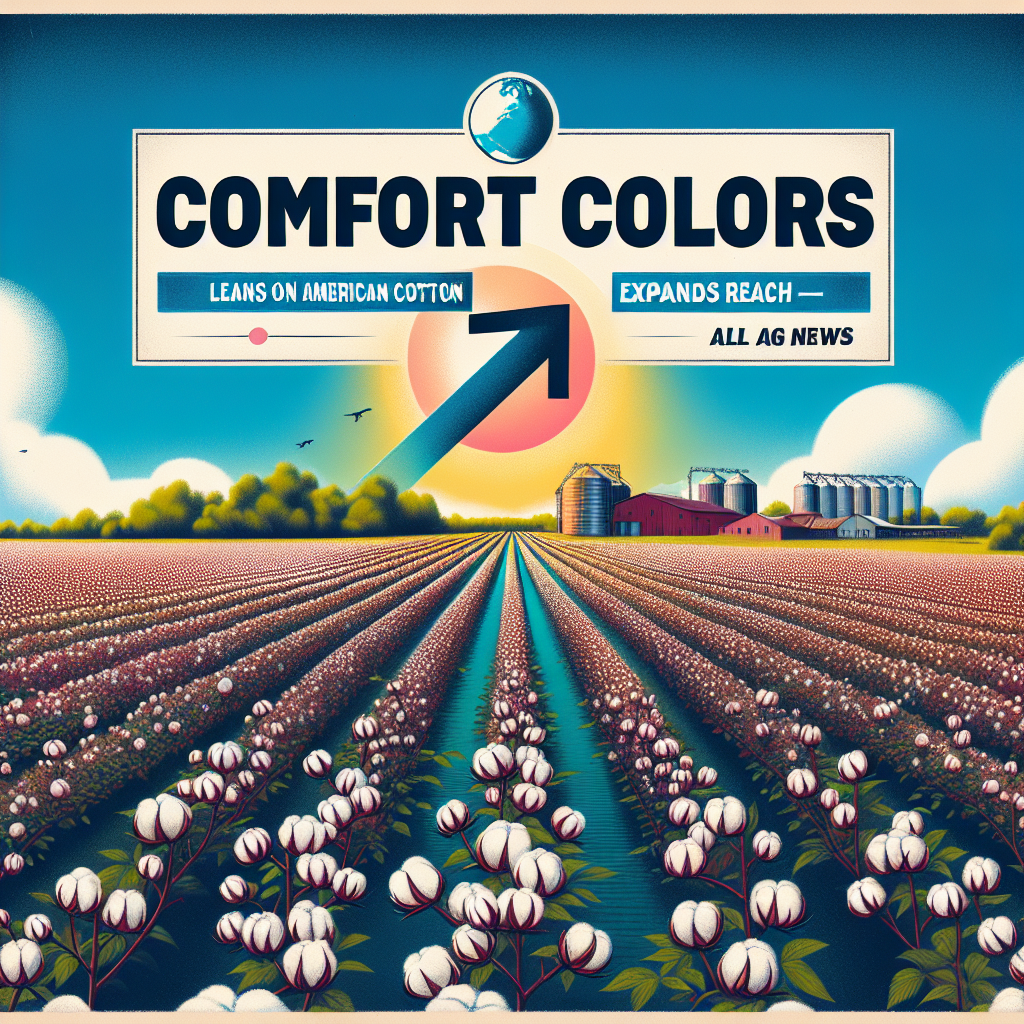The Rise of Comfort Colors: A Vermont T-Shirt Brand Reshaping Cotton Demand

LUBBOCK, TX – In an age where sustainability meets fashion, a Vermont-rooted T-shirt brand is making waves across the U.S. Comfort Colors, owned by Gildan, has captured the attention of consumers, leading to soaring demand across universities, concerts, and women’s sports events. As part of its ambitious growth strategy, the brand plans to expand its offerings into hats, bags, and women’s fits by 2026.
Commitment to Sustainability
Comfort Colors proudly highlights its commitment to sustainability, emphasizing that all its shirts are crafted from 100% U.S.-grown cotton. Alongside this, the company utilizes a pigment-dye process designed to minimize water and energy consumption, a factor that resonates with today’s eco-conscious consumers in pursuit of vintage aesthetics and domestically-sourced products.
Unique Selling Proposition
What sets Comfort Colors apart from direct-to-consumer fashion labels is its business model. The brand primarily sells blank T-shirts to printers and merchandising partners, allowing local businesses, teams, and touring artists to create customized designs. This collaborative approach gives consumers the impression of owning “one-of-a-kind” staples that resonate with the Gen Z audience.
Impacts on Rural Economies
For the agricultural community, the implications of Comfort Colors’ success are significant. The sustained demand for U.S.-made cotton helps bolster fiber production and injects value into rural economies stretching from the Delta to the heart of West Texas.
Conclusion
The growing popularity of Comfort Colors serves as a clear indicator that the market is increasingly leaning towards sustainable practices and local sourcing. As the brand continues to thrive, it not only uplifts its own identity but also revitalizes the U.S. cotton industry, creating a lasting impact on rural communities engaged in fiber production.
Farm-Level Takeaway: The rising demand for Comfort Colors reinforces the need for U.S.-grown cotton, connecting rural fiber production to a rapidly-evolving, mainstream apparel market.
This HTML structure includes relevant headers and paragraphs to enhance readability while ensuring the content is unique and well-organized for seamless integration into a WordPress site.



